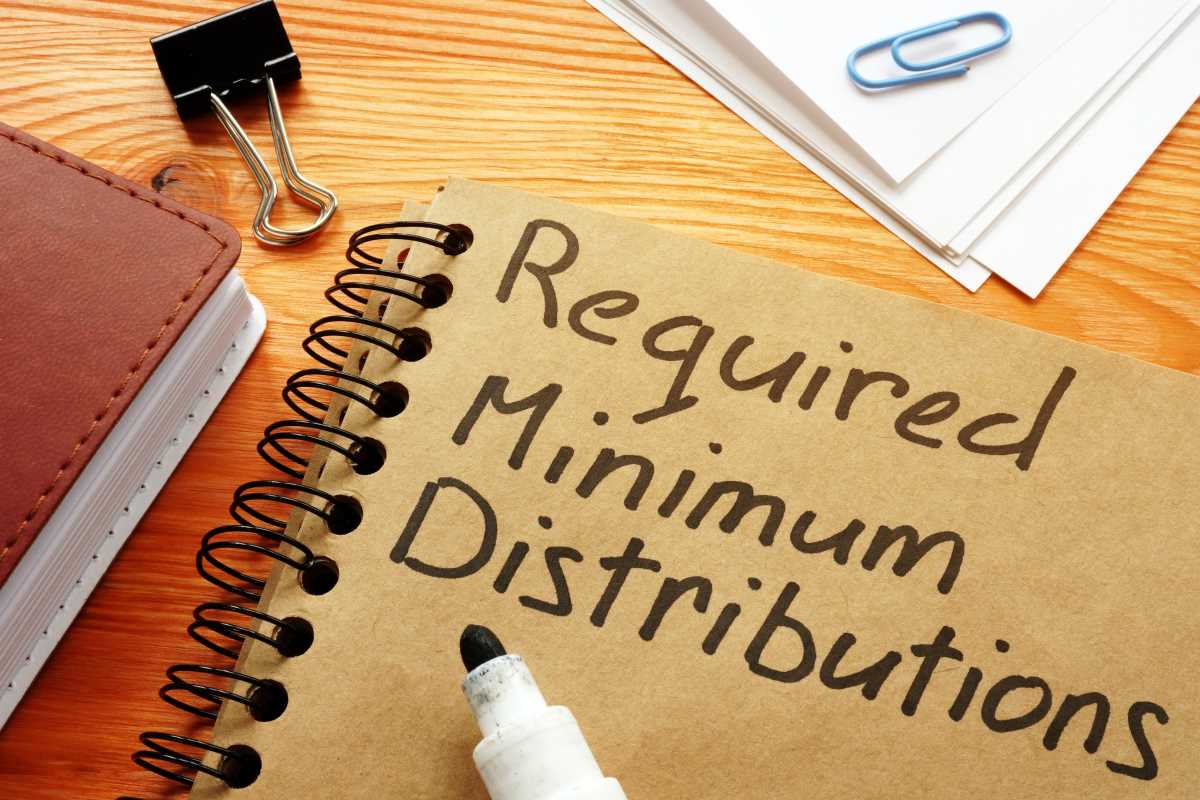Throughout your working life, the government gives you a fantastic deal. It allows you to save money in special retirement accounts, like a 401(k) or a Traditional IRA, and you get to defer paying taxes on that money. This tax-deferred growth is like a superpower, helping your nest egg grow much faster than it would in a regular savings account. But here's the catch: the tax man doesn't wait forever. Eventually, Uncle Sam wants his share. This is where the concept of Required Minimum Distributions, or RMDs, comes into play. Think of it as the government's way of saying, "The party's over, and it's time to start paying the tab." Understanding these rules is not optional; it's a critical part of managing your money in retirement to avoid costly mistakes.
What Are RMDs and Why Do They Exist?
A Required Minimum Distribution is the minimum amount of money that the IRS forces you to withdraw from most of your retirement accounts each year once you reach a certain age. The reason for this rule is simple: taxes. Your contributions and all the investment growth in accounts like a Traditional IRA or 401(k) have never been taxed. The RMD rule ensures that this money doesn't stay sheltered from taxes indefinitely. By forcing you to take withdrawals, the government turns that tax-deferred money into taxable income, allowing them to finally collect the revenue they have been waiting for. It is the government's mechanism for closing the loop on the tax-deferred savings bargain they offered you decades ago. While it might feel like a hassle, it is a fundamental part of the retirement account system.
Which Accounts Are Subject to RMDs?
It is important to know which of your accounts have this string attached. RMD rules apply to most tax-deferred retirement plans. This includes Traditional IRAs, SEP IRAs, and SIMPLE IRAs. It also applies to employer-sponsored plans like 401(k)s, 403(b)s, and 457(b) plans. If you have inherited an IRA from someone other than your spouse, you will also likely be subject to RMD rules, though the specific timeline can be different. The most notable exception is the Roth IRA. Since you fund a Roth IRA with after-tax money, the IRS has already gotten its share. Therefore, you are never required to take withdrawals from your own Roth IRA during your lifetime, allowing that money to continue growing tax-free for as long as you live.
How Your RMD is Calculated
The formula for calculating your RMD might sound complicated, but the concept is straightforward. The IRS provides official life expectancy tables, which are essentially charts that estimate how many more years someone of your age is expected to live. To calculate your RMD for a particular year, you take the total value of your retirement account as of December 31st of the previous year. Then, you divide that balance by the "distribution period" or "life expectancy factor" for your age found in the IRS Uniform Lifetime Table. For example, if you have $500,000 in your IRA and the factor for your age is 25, your RMD for the year would be $20,000. Your RMD amount will change every year because both your account balance and your life expectancy factor will be different.
When Do You Need to Start Taking RMDs?
The starting line for RMDs has changed a few times in recent years, so it is important to know which rule applies to you. For anyone born in 1951 or later, you must begin taking your first RMD by April 1st of the year after you turn 73. So, if you turn 73 in 2025, you have until April 1, 2026, to take your first withdrawal. However, for every subsequent year, you must take your RMD by December 31st. This means if you delay your first RMD until that April 1st deadline, you will have to take two RMDs in that single calendar year—one for the previous year and one for the current year. This could push you into a higher tax bracket, so many financial advisors recommend taking your very first RMD in the year you actually turn 73 to avoid this "double-whammy" tax situation.
The Painful Penalty for Missing an RMD
The IRS is very serious about these rules. If you fail to withdraw the full RMD amount by the deadline, the penalty is severe. You will be subject to an excise tax of 25% on the amount you failed to withdraw. For example, if your RMD for the year was $10,000 and you forgot to take it, you would owe a penalty of $2,500. This is a steep price to pay for a simple oversight. The good news is that if you realize your mistake and correct it in a timely manner, the IRS may reduce the penalty from 25% down to 10%. However, the best strategy is to avoid the penalty altogether by being organized and setting up automatic withdrawals with your financial institution to ensure you never miss a deadline.
Strategies to Manage RMDs and Minimize Taxes
Since RMDs are counted as ordinary income, they can significantly increase your tax bill and even cause more of your Social Security benefits to become taxable. One of the most effective strategies for managing future RMDs is a Roth conversion. This involves moving money from a traditional, pre-tax IRA into a post-tax Roth IRA. You have to pay income taxes on the amount you convert in the year you do it, but once the money is in the Roth, it grows tax-free forever and is not subject to RMDs. Another powerful strategy is the Qualified Charitable Distribution (QCD). If you are age 70 and a half or older, you can donate up to $105,000 directly from your IRA to a qualified charity. The amount you donate counts toward your RMD for the year, but it is excluded from your taxable income. This is a fantastic way to satisfy your RMD, support a cause you care about, and lower your tax bill all at the same time.
What to Do With the Money You Don't Need
For many retirees, the RMD amount is more money than they actually need to cover their living expenses. In this situation, it is important to remember that you must withdraw the money from the retirement account, but you do not have to spend it. After you take the distribution and pay the necessary taxes, you can immediately reinvest the remaining cash. You can put it into a regular taxable brokerage account to continue pursuing growth, deposit it into a high-yield savings account to build up your emergency fund, or use it to fund a 529 college savings plan for a grandchild. The goal is to not let the forced withdrawal derail your long-term financial plan. By reinvesting the funds, you keep your capital working for you, just in a different type of account.
 (Image via
(Image via





